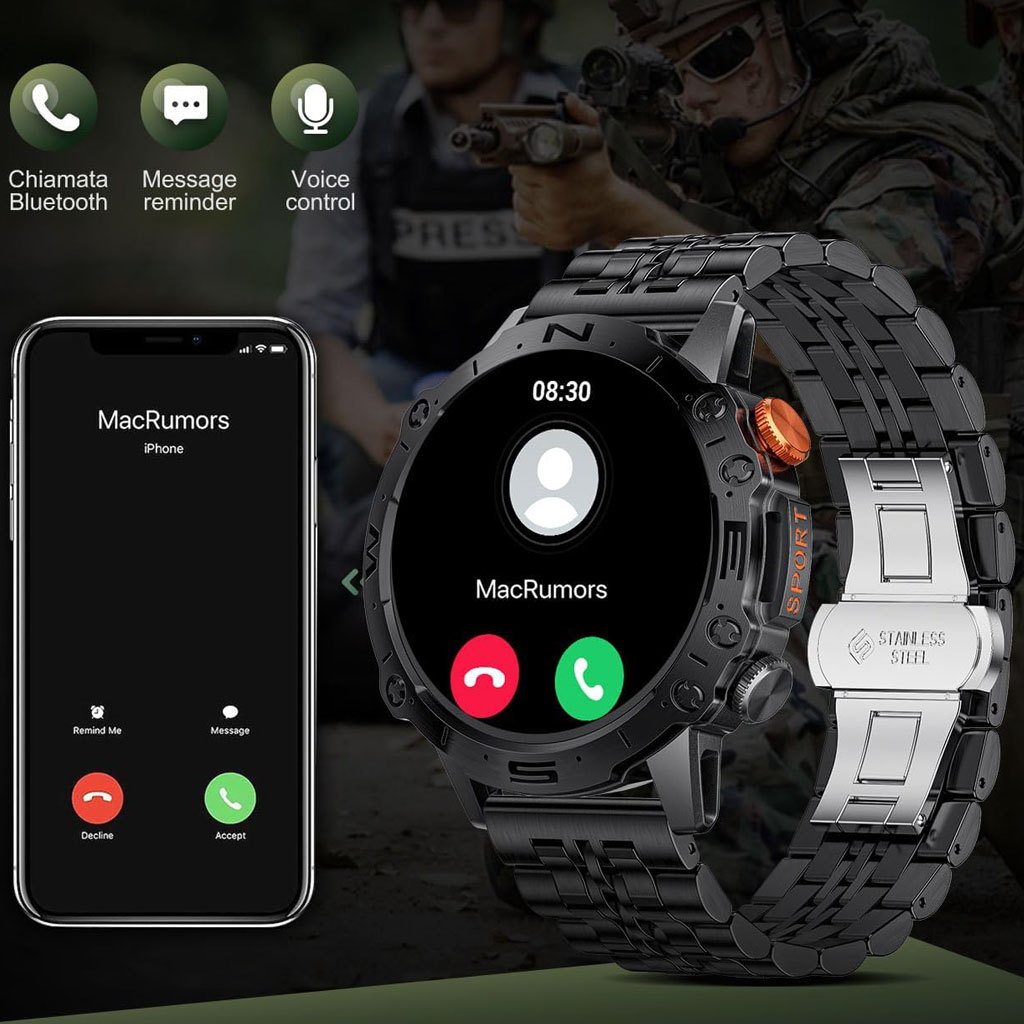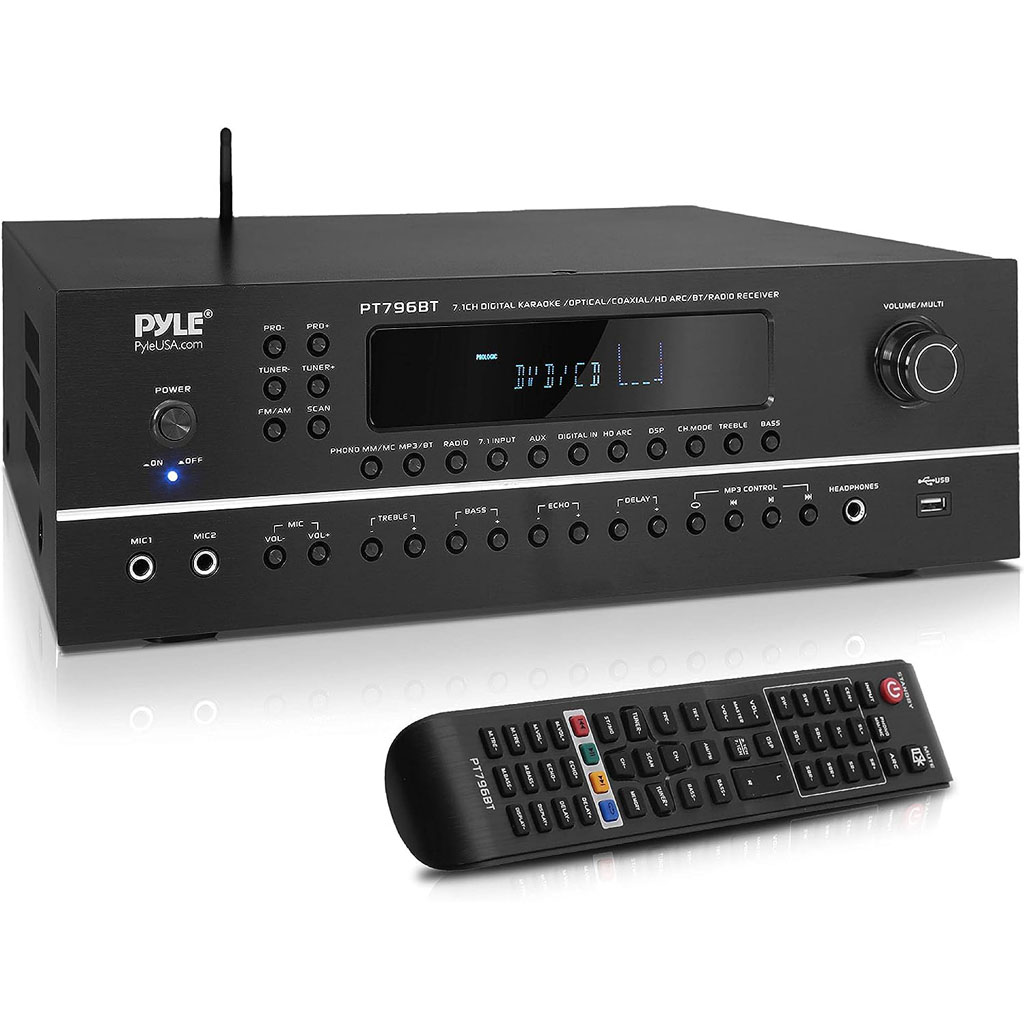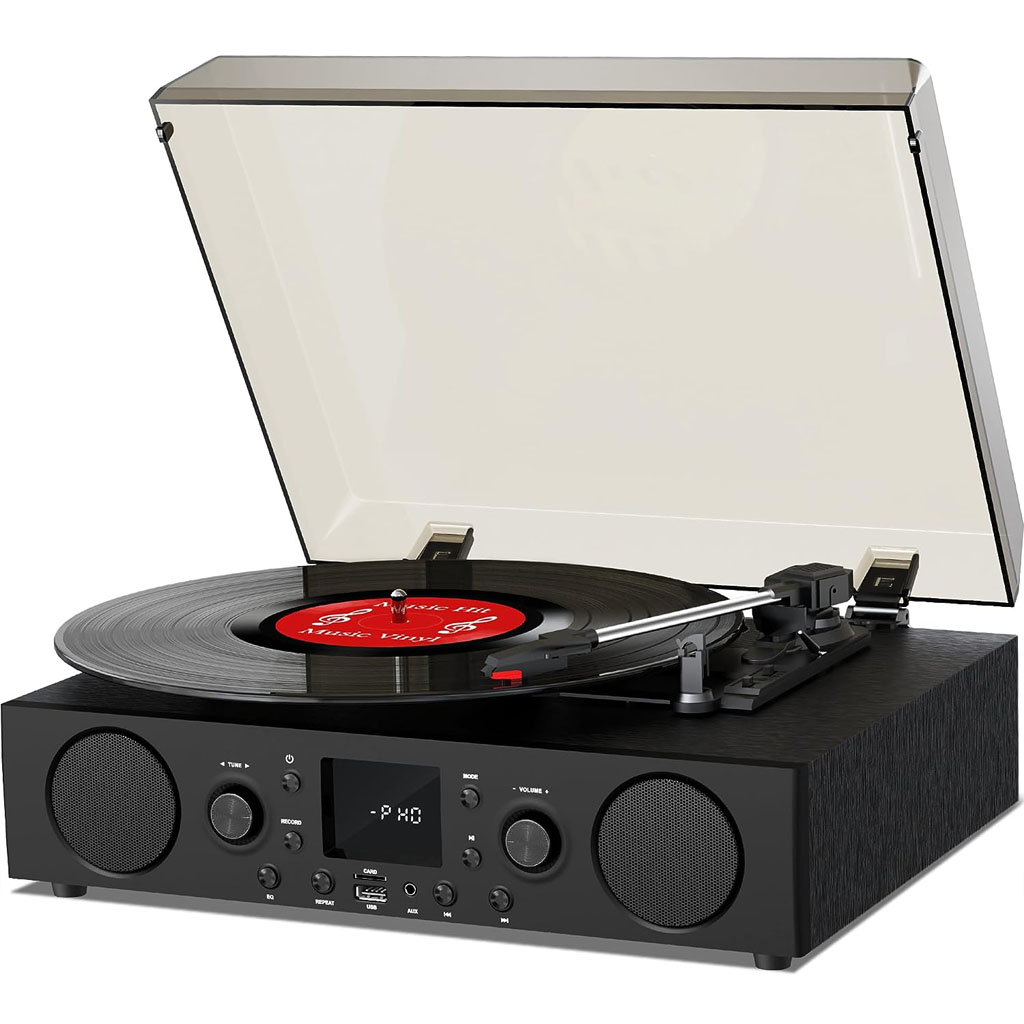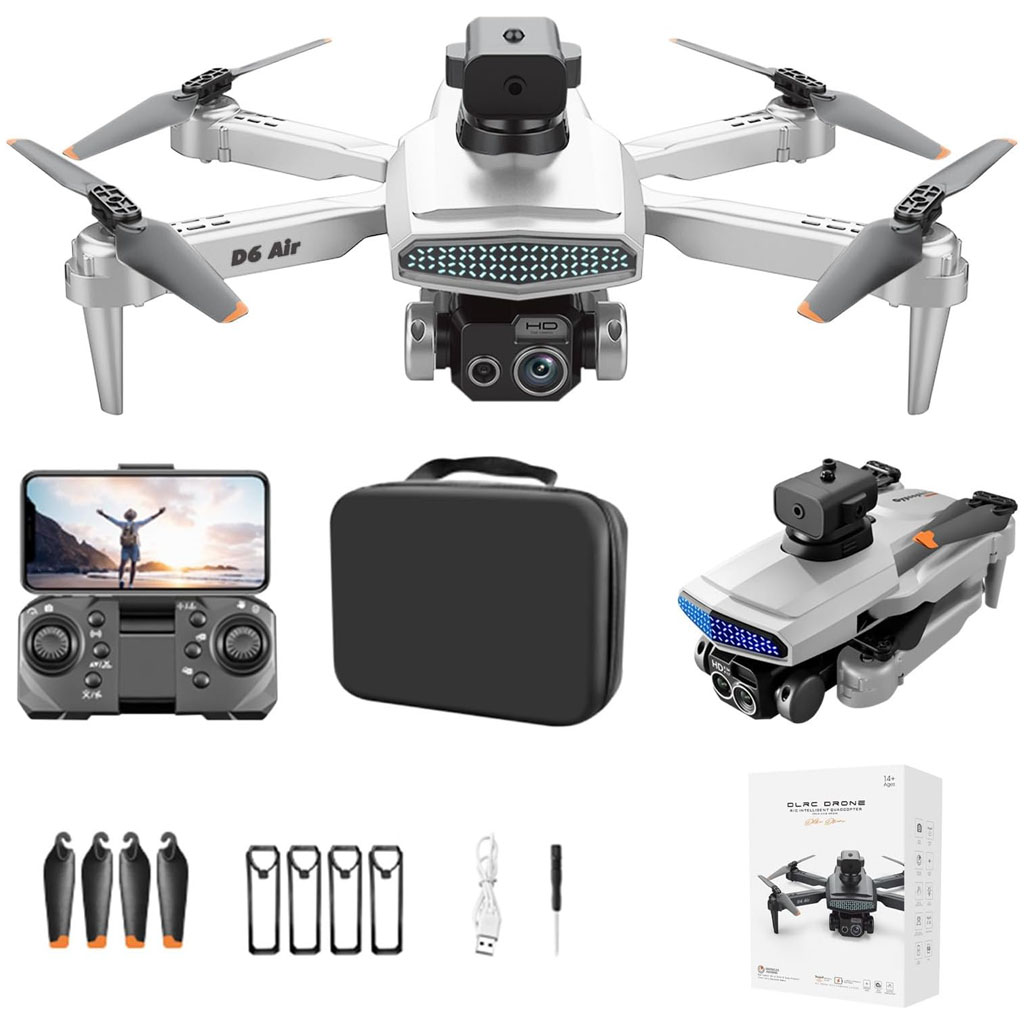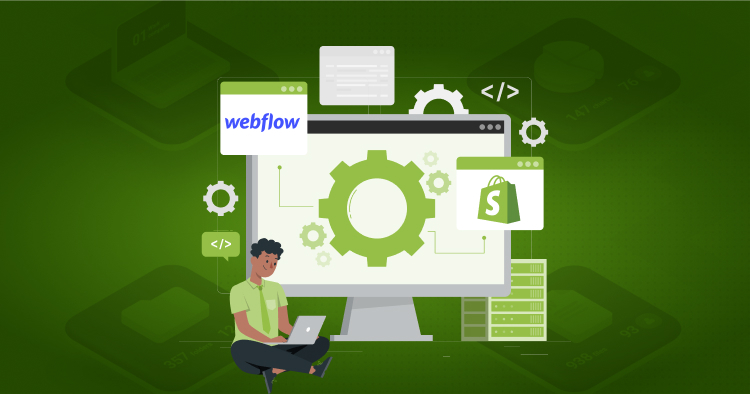
Last Updated | October 24, 2023
Introduction
Welcome to the world of Shopify app development! Whether you are a seasoned developer or just starting out, understanding how to navigate and utilize Shopify’s extensive documentation is key to creating successful apps. This blog aims to provide you with a comprehensive guide on how to effectively use Shopify’s app development documentation to your advantage. We’ll cover everything from getting started to API usage, and even some best practices to ensure your app performs optimally.
1. Getting Started with Shopify App Development
Before diving into the documentation, it’s crucial to understand the basics of Shopify app development.
1.1. Setting Up Your Development Environment
Shopify recommends using their CLI tool to create, test, and deploy your apps. You can install Shopify CLI on macOS, Windows, and Linux.
# For macOS
brew tap shopify/shopify
brew install shopify-cli
# For Windows
choco install shopify-cli
1.2. Creating Your First App
Once Shopify CLI is installed, you can create a new app with the following command:
shopify app create
Follow the prompts to set up your app.
2. Understanding Shopify’s API
Shopify offers a powerful set of APIs to interact with its platform. Familiarize yourself with the following:
2.1. REST API
The REST API is suitable for simple apps with limited calls to Shopify’s servers. You can perform CRUD operations on various Shopify resources using this API.
2.2. GraphQL API
For more complex apps with a higher volume of data, the GraphQL API is the better option. It allows you to fetch or modify data more efficiently with a single request.
3. Authentication
All apps need to authenticate with Shopify to interact with its APIs.
3.1. OAuth
Shopify uses OAuth for authentication. Make sure to follow Shopify’s OAuth documentation to securely authenticate your app.
4. Building the App UI
Shopify offers Polaris, a design system to help you build a consistent and user-friendly interface for your app.
4.1. Polaris Components
Polaris provides a set of React components that are designed to work seamlessly with Shopify’s admin interface.
5. Testing Your App
Proper testing is crucial before deploying your app to ensure it works as expected.
5.1. Development Store
Create a development store in your Shopify Partner account to test your app in a safe environment.
5.2. Using Mock Data
Shopify provides tools to generate mock data, which helps in testing how your app performs with different datasets.
6. Deploying Your App
Once your app is tested and ready, you can deploy it.
6.1. Listing on Shopify App Store
If you want to make your app available to a wider audience, consider listing it on the Shopify App Store.
7. Best Practices and Troubleshooting
Follow Shopify’s best practices to ensure your app performs optimally and troubleshoot any issues that arise.
7.1. Rate Limiting
Be mindful of Shopify’s API rate limits to ensure your app does not exceed the allowed number of calls.
7.2. Error Handling
Implement proper error handling to provide a better user experience and make debugging easier.
Conclusion
Shopify app development offers a wealth of opportunities for developers. By leveraging Shopify’s extensive documentation, you can ensure that you are building secure, efficient, and user-friendly apps. Happy coding!
FAQ:
Does Shopify provide any UI components for app development?
Yes, Shopify provides a design system called Polaris, which includes a set of React components to help developers create a consistent and user-friendly interface for their apps.
How do I authenticate my app with Shopify?
Shopify uses OAuth for app authentication. You need to implement OAuth in your app to securely authenticate with Shopify and gain access to the necessary permissions. Detailed guidance on this can be found in the Shopify API documentation under the authentication section.
How can I test my Shopify app before going live?
Shopify recommends using a development store for testing your app. A development store is a free Shopify account that allows you to test your app in a live environment without affecting a real store. You can also use tools provided by Shopify to generate mock data for testing.
Are there any rate limits for Shopify API calls?
Yes, Shopify has API rate limits to prevent abuse and ensure fair usage. The limits depend on the API you are using (REST or GraphQL) and the type of app you have developed. Make sure to check the Shopify API rate limits documentation to understand the limits and implement proper handling in your app.
How do I handle errors in my Shopify app?
Shopify’s API documentation includes a section on error handling. It is crucial to implement proper error handling in your app to deal with potential issues and provide a better user experience. The documentation provides information on common error types and how to handle them.
Can I sell my Shopify app on the Shopify App Store?
Yes, you can submit your app for review and, if it meets Shopify’s requirements, list it on the Shopify App Store. This allows other Shopify merchants to discover and use your app.
What support does Shopify provide for app developers?
Shopify offers a range of resources for app developers, including extensive documentation, tutorials, forums, and an API reference. Additionally, Shopify provides a developer support team that you can reach out to if you encounter issues or have questions.
Are there any best practices for Shopify app development?
Yes, Shopify’s documentation includes a section on best practices for app development, covering topics such as performance, security, and usability. Following these best practices ensures that your app performs optimally and provides a good user experience.
Source: https://ecommerce.folio3.com/blog/shopify-app-development-documentation/

